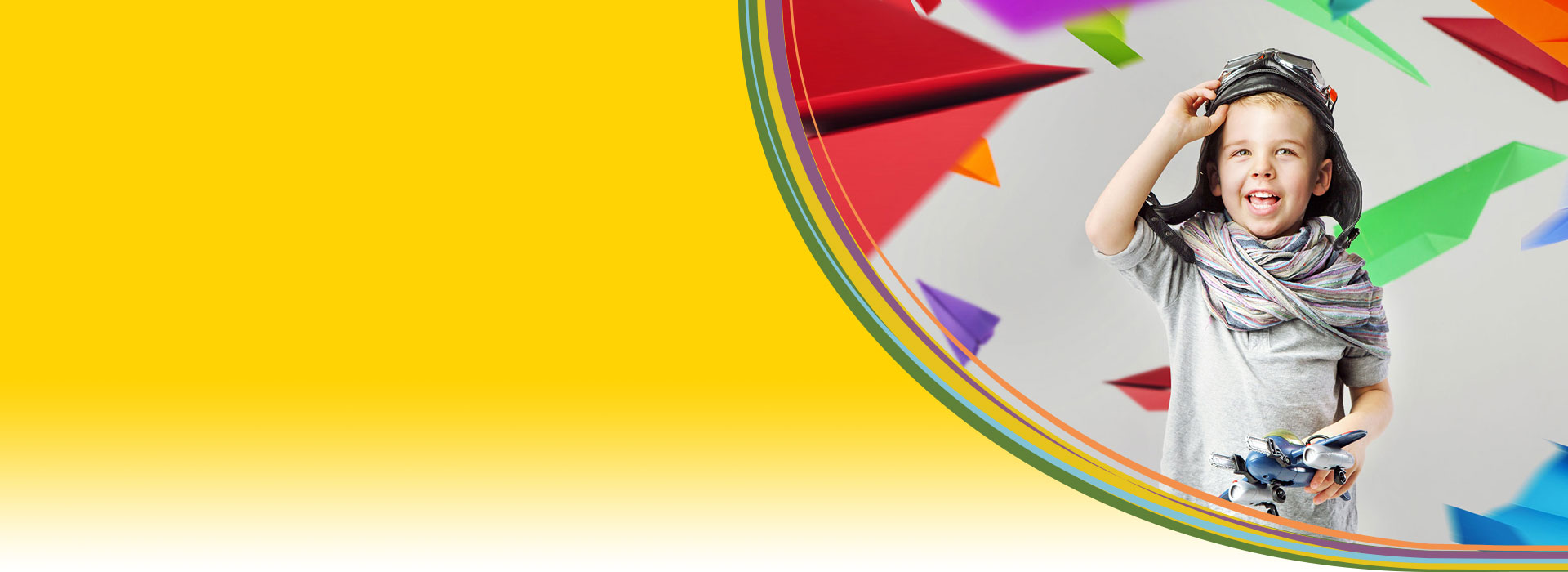Vision
Vision is more than eyesight: SIGHT is merely what results from the eyes’ responses to light shining into them and is measured by determining how well we can see different sized letters on a chart in the distance. VISION results from actively interpreting and understanding the information made available through the eyes. Children with normal (20/20) EYESIGHT may not have these abilities. Therefore, learning problems are often related to vision problems.
Learning is accomplished through complex and inter-related processes. Your eyes and the visual system grow and develop from the brain, making vision a fundamental factor in thinking and learning.
Your eyes and the visual system grow and develop from the brain, making vision a fundamental factor in thinking and learning.
Vision is a key sense in the classroom and plays a major role in reading, spelling, writing, board work, and computer work. Students tackle these tasks all day long, day after day. Each requires the visual skills of seeing quickly and understanding visual information that is frequently less than arm’s length from the eyes.
Vision Checklist for Teachers
If you suspect a child has a vision problem you can download and save, and then complete the following checklist.
Referral to an Optometrist, Opthamologist or Behavioural Optometrist
If you suspect a student has a vision problem, encourage their parents/carers to have a vision assessment at an optometrist or behavioural optometrist.
Behavioural optometry tries to incorporate the physical, neurological and developmental aspects of vision and can assess problems such as:
- Eye movement problems
- Eye teaming problems
- Eye-hand coordination problems
- Visual form perception
- Long-sightedness
If a vision problem is diagnosed, ask parents for the report from the optometrist/opthamologist/behavioural optometrist. It should give you information about what type of tasks and environments the child has difficulty with, and suggestions for accommodating these difficulties.


